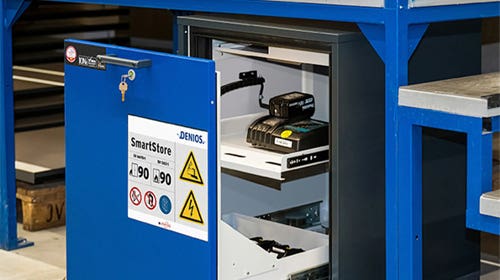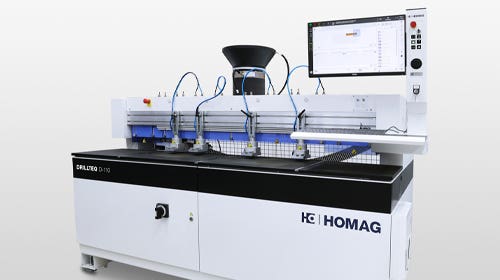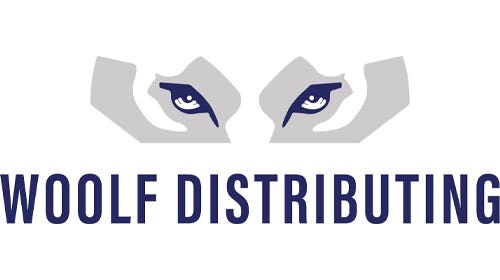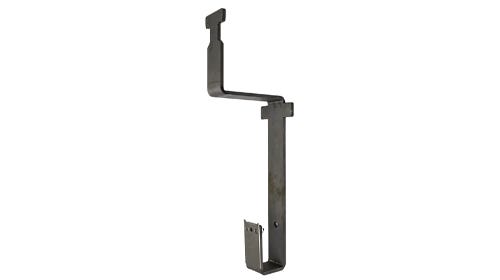Alder sales are not what they used to be
Demand for alder ranges from strong to slow, depending on who you ask. But no one disputes the wood’s pleasing appearance, workability and palpable price tag, according to lumber dealers…
Demand for alder ranges from strong to slow, depending on who you ask. But no one disputes the wood’s pleasing appearance, workability and palpable price tag, according to lumber dealers interviewed by Woodshop News.
Commonly referred to as red alder, the species (Alnus rubra) is also referred to in the industry as American alder, Western alder and Western red alder.
Paul Hershberger, sales manager at Keim Lumber Co. in Charm, Ohio, says alder sales are stronger this year than last because of a rustic design fad.
“Woodworkers are using a lot of alder to make furniture and cabinets, but also high-end architectural millwork professionals are doing a lot of rustic designs. I see it being used a lot for wainscoting and interior trim because it has a distressed look. The mid-grade alder that we sell has a very warm appearance. It gets used as an alternative to cherry because it has the same warmth, has a good aesthetic appeal and lots of knots which lends itself well to the rustic style,” says Hershberger.
Brian Burkert of Fleetwood Lumber and Flooring in Fleetwood, Pa., says he has also seen a recent surge in alder’s popularity for trim applications. He explains that red alder grows primarily along the West Coast, and is most abundant in those states. But because of its properties — light weight, easy to machine and finish — it has coast-to-coast appeal.
The wood is generally available in three grades: superior, cabinet and standard frame.
“We’ve sold superior grade, which is the clearest grade available and relatively free of knots, and recently some standard frame grade to one of our cabinetmakers for face-frames in a rustic kitchen,” says Burkert.
“Alder has a nice reddish color; it almost looks like cherry. It seems to be a very stable wood which dries easily and won’t give people problems with movement, particularly with furniture pieces.”
Western dealers say alder currently isn’t a big seller, though they’re not exactly breaking records with other species.
“We’re not selling very much alder at the moment,” says Pat Kennedy of Global Wood Source Inc. in Santa Clara, Calif. “What we sold before was mainly for cabinet faces, and cabinetmakers are really slow now. They’re hardly doing anything and a lot of them have closed up. It doesn’t surprise me that sales are down; it’s just that the whole business is slow.”
Mike Hugens of Arroyo Hardwoods in Pasadena, Calif., says alder sales are steady but fluctuate greatly from week to week, primarily because of the economic downturn. He has faced some availability problems that he attributes to the new housing market.
“What I’ve been told by my mills is that alder is a byproduct of Douglas fir farming. It grows with Douglas fir, so when the Douglas fir industry slowed down because of the housing industry slowdown, the harvesting of alder turned down. It’s been one of those things where some weeks it’s very popular and some weeks it’s not.”
“It’s a stable product and is easy to stain or paint. When our customers choose standard framing grade alder over superior alder, they mainly do that because of the price. Most people who do alder are staining it now; not painting it,” says Hugens.
Dennis Guethal, of Compton Lumber in Seattle, says alder is widely available and that his company sells a good amount of it, but for the last year sales have been slow.
“Alder’s a real popular species because it’s a good value for your dollar. Still, sales are down. It’s just the market more than anything for us. Alder’s been asked for in the last few years a lot more, but as with everything right now, it isn’t trending real hot because of the economy. The type of people we see come through here are doing remodel work and there’s just not a lot of that business going on right now. There’s more in the last year than the last couple of years, but it’s definitely off from five years ago.”
Prices for superior grade 4/4 alder were quoted at $4.44 to $5/bf.
This article originally appeared in the November 2011 issue.







